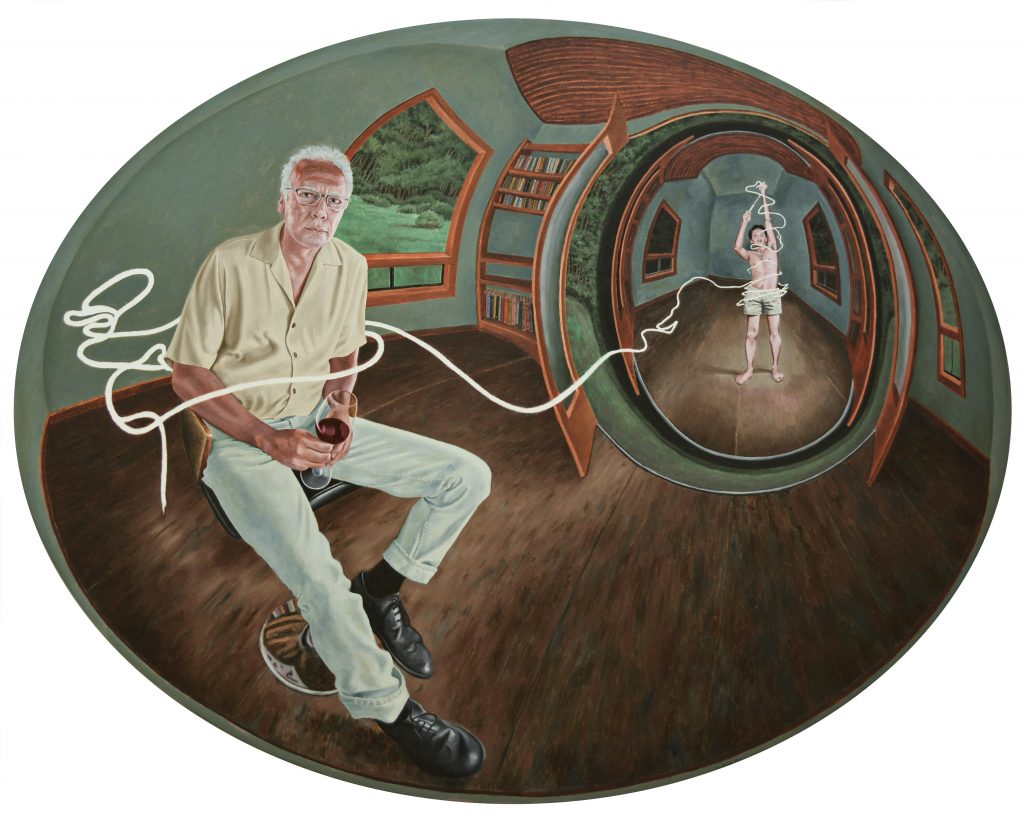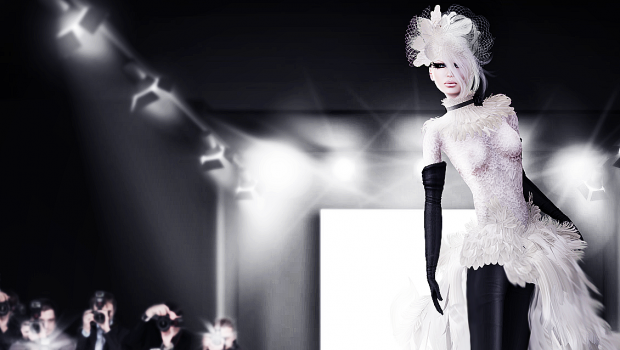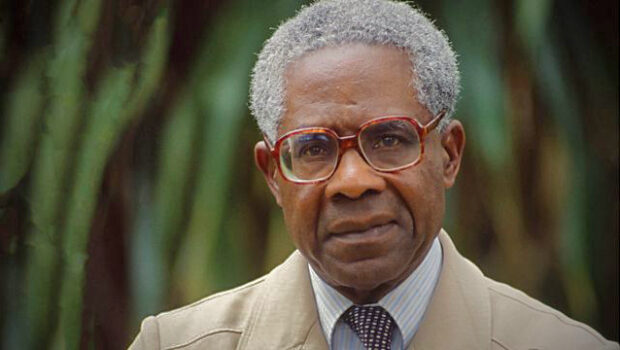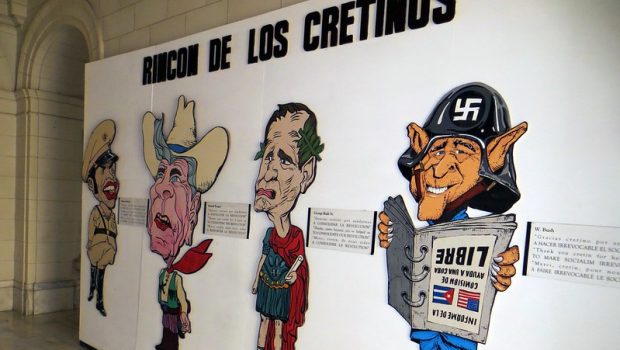Fernando Casas, Before Oneself
Fernando Castro R.
This collection of paintings by Fernando Casas closely resembles a set of portraits. But if that were the case, they would have to be the kind of portrait that hides behind the representation of an individual person, contributing insights that go beyond resemblance. Most of these paintings are executed in a pictorial syntax Casas calls “polar perspective.” Decades ago, Casas took on the challenge of representing space in time, and/or time in space. Having already found in spherical perspective a way to maximally represent the visual world —i.e., by painting it on the flattened interior surface of a sphere— he then envisioned a series of spheres connected at one point, like a row of billiard balls touching on their inner surfaces. Using the visual syntax of polar perspective, Casas painted The French Doors (1979), The Polar Eye (1981), and Flora (1981). Trying to explain not the works, but the system of representation in which they were executed, Casas published three scholarly papers in Leonardo, an international publication of art and science.
In the early eighties, Casas hosted a philosophy reading group that started at his Bartlett studio in the Museum district, and then moved to the country house/studio in Magnolia County that he and artist Steve Adams designed and built with their own hands. The original group included Casas, Bruce and me, and later other members were added (Donna Kline and Leslie Marenchin), but Casas and Bruce Leutwyler have been the constants. I became an absent member while I was living in Peru and afterwards, while raising my son. During my absence Casas depicted the group in the beautiful painting The Magnolia Circle: Homage to Karl Popper (1988). When I finally came back into the group, the Magnolia Circle had evolved into the Montrose Circle, as Leslie Marenchin hosted it in his apartment in that district. Tragically, Marenchin died after a fall down a stairway in 2008, precisely the same day we were supposed to meet for a reading of Being and Time. For the last decade, the group now consisting solely of Casas, Bruce and I, has been meeting at my Knollwood Village house. While we all have philosophical training, Casas is the only one among us who has continued to teach philosophy at a college level. The discussions and interests of our thirty-six-year-old philosophy group are not irrelevant to some of the ideas that imbue Casas’ oeuvre.
The books the group read and discussed —Danto’s The Transfiguration of the Commonplace, Kuhn’s The Structure of Scientific Revolutions, Popper’s Objective Knowledge, Cartwright’s How the Laws of Physics Lie, Hofstadter’s Gödel, Escher, Bach, Nagel’s The View from Nowhere and Mind and Cosmos, Heidegger’s Being and Time, Nietzsche’s Twilight of the Idols, Putnam’s Representation and Reality, et al.— have had a lasting impact on us; not because we all agree with their philosophical tenets, but because of the different insights each one has gained from discussing them. In philosophy, truth is usually unveiled through dialogue. Some of these are books I would have never chosen to read on my own. Having read them allowed me to understand the reasons why. In Casas’ painting The Magnolia Circle: Homage to Karl Popper (1980), one can make out that the book the subjects are holding is Objective Knowledge. Another one of Casas’ works, A View from Nowhere (1996), adopted its title from Thomas Nagel’s book.

The Magnolia Circle: Leslie Marenchin, Donna Kline, Fernando Casas, Fernando Castro and Bruce Leutwyler (Photograph by Fernando Castro, circa 1985)
That is the historical background for some of the works in the current exhibition. The time represented in them is also the time we have practiced philosophy. Nevertheless, Will the planet…? (2016), the central piece in this exhibit, was not prompted by philosophical issues central in our readings, but by concerns in current events we have discussed philosophically in our meetings. In that work a Fernando Casas sits, by himself, before an image of the largest hydrogen bomb explosion ever caught on camera. It is the 1955 Soviet RDS-37 atomic test. How do we know this? Well, how do we know it is Fernando Casas? Indeed, they are not; they are eidola. But we are not about to recreate the C’est n’est pas un pipe mumbo-jumbo before the urgency of the image Casas is putting before us. The painting visually resembles the objects it represents. In the painting, the explosion is happening outside his Magnolia studio; i.e., here. It is the end. Thereafter, nothing will matter anymore. Nonetheless, Casas seems to be relaxed and engaged in earnest dialogue, like Socrates serenely facing the dilemma of death or exile with his disciples.
More than any other person I know, Fernando Casas exemplifies the philosopher who lives heeding Socrates’ exhortation “an unexamined life is not worth living.” However, the greatest difference between Socrates (Plato) and Casas is that the latter delights in creating images, whereas the former denigrates them. Socrates believed in the attainment of wisdom through questioning, logical argument, examination, dialogue, scrutiny, and thinking. Indeed, these are the tools of philosophy, to which Casas adds art. He stated, “More controversial I think is my view that art is, like philosophy and science, an endeavor to understand who we are. I hold the view that the great works of art of human history show us, every time anew, who we are, where we are, etc. For this and other reasons I do not make a sharp separation between philosophy and art.”
The other pivotal image in this exhibit is The Sixth Extinction, a title borrowed from Elizabeth Kolbert’s book that describes the previous five mass extinctions and argues that we are in the process of a human-made, sixth extinction. While the former painting is uncharacteristically explicit for Casas, the latter is demure but just as apocalyptic. Its vantage point is the wall, or the mirror on the wall that frames the whole scene: the architecture of the studio, the furniture, the tools of painting, a plastic bag, a laptop, a water bottle, a cell phone, the cleared forest, etc. They are the items in our lives contributing to the sixth and final extinction.
The rest of Casas’ paintings in this exhibit are premeditated memoirs. Each one of the paintings has a subject carrying its beginning or beginnings in one sphere, and his/her current state, in another. In Polar Time Steve (2016), Steve Adams, artist and Casas’ former partner, is depicted in three spheres of time, from Bartlett youth to Bartlett man to Magnolia mature, barefoot and sullen, Steve sits on the rocking chair, his large hands ready to make something and turn the page of an art book, albeit at a younger age. Polar Time Becky (2016) is perhaps the most complex painting of the set. It is about Casas’ sister, Becky Soria, an artist in her own right. She has been featured in many of Casas’ paintings. Flora (1981) is quoted in it, or one might say, “misquoted” because Becky appears twice. The current Becky is now sitting on the ubiquitous rocking chair wearing a white dress, ageless in spite of life’s winter, and left behind is the spring in which Flora walked towards the observer/painter.
There are two nudes in the set. One of them, Polar Time Lee (2016) is of Lee Brachter, Casas’ former partner, whom I always thought of as a kind of Andrea Salai, Leonardo da Vinci’s alleged young lover, a model for some of his paintings and a painter himself. What makes these depictions of Lee particularly interesting is that they are painted in two very different styles, corresponding to two of his personas. The smaller one, painted in a very expressionistic, almost cartoonish style, depicts a rash Lee when Casas and he had just become acquainted. The larger depiction, one of the most precise and realistic in this set, shows a more reflective, albeit nude Lee. It is a painting that speaks of the fruitfulness of a relationship. The other nude, Polar Time Donna (2017), is of Donna Kline, brilliant philosopher and attorney-at-law. Donna used to be part of the Magnolia Circle. Indeed, she is one of the subjects of The Magnolia Circle: Homage to Karl Popper (1988). In this 2017 painting, her past polar sphere appears as an empty rocking chair: an image suggestive of a person not being where she ought to be. She is one of the few subjects who chose to be depicted in the nude, a gesture that shows how comfortable she feels in the Casas circle.

Polar Time Bruce (2016)
Polar Time Bruce (2016) is the most bewildering of all the paintings in this exhibition. Bruce Leutwyler is a committed Buddhist who makes a living as a computer expert with a marked interest in artificial intelligence. Bruce has been part of our philosophy group since its inception, and he often voices his belief that reality is an illusion, or a simulation. However, during a recent reading of David Deutsch’s The Fabric of Reality, he stated, “I would be willing to consider the possibility of a noumenal multiverse.” Although he has often been the subject of Fernando’s depictions, when I have tried to photograph him, he has refused. Why did Casas choose to depict him with five arms? Casas says that when Bruce was posing for the painting, he suddenly did a sort of fluid dance with his arms and body that surprised him because he had always appeared to be so stiff. At first, I thought he resembled a Hindu god with many arms. When I looked up “Hindu gods with many arms,” I found they were too numerous, so I gave up that line of interpretation, one that would have perhaps driven the reader into thinking that philosophy is some kind of New Age esoteric endeavor. An enigmatic passage from Wittgenstein’s Philosophical Investigations (PI 621) provided me a different take on Casas’ work: “…when ‘I raise my arm’, my arm goes up. And the problem arises: what is left over if I subtract the fact that my arm goes up from the fact that I raise my arm?” In his behaviorist moment Wittgenstein cannot allow himself the answer that comes to mind: namely, intention. But why five arms? The five spheres on the upper portion of the painting are unlike the other time spheres. He raises his arms, and five universes appear? Is the multiverse an intentional product of one mind, or many?
Polar Time Castro (2017) is Casas’ first depiction of me, if one does not count that I sought his collaboration in the photograph quoted at the beginning of it. That collaboration was part of a series of photographs I did around 1987 that was inspired by Bjon Mili. The idea was to photograph drawings done in the dark with a penlight that also included what could be seen when the lights went on. In that “self-portrait,” I was “catching the light.” I did a similar portrait of Fernando Casas in which he drew himself with a penlight in the dark: an astounding feat of visualization. The end part of Polar Time Castro is a depiction of me some thirty years later. In it the light drawing I started in 1987 has followed me to the present and lassoed me, even as I sip on a glass of red wine (in vino veritas). My hair has receded and turned completely white, my lips have diminished, my eyelids overlap, and my skin has begun to melt as if it were made of wax. I did not choose to sit on the rocking chair, but on a gyrating one. None of the subjects of these paintings are immune to the ravages of time and gravity, and that is one of the obvious revelations of these eidola.

Polar Time Castro (2016)
In the last few decades we have come across many conceptual casualties. In 1967 Roland Barthes staged La mort de l’auteur, rendering literary texts free of the author’s life and intentions, while smuggling inside its coffin the extreme relativism that has become part of common discourse. In 1988, Francis Fukuyama broadcasted the triumph of Western liberal democracies as they scored the final touchdown at the end of history. In 1983, Arthur Danto came to the realization that art had ended afterwards and reality had become perceptually indiscernible. “All there is at the end,” Danto wrote, “is theory, art having finally become vaporized in a dazzle of pure thought about itself, and remaining, as it were, solely as the object of its own theoretical consciousness.” Most importantly, in 1991, the Cold War ended when the Union of Soviet Socialist Republics dissolved, and the myths of nationalities resurrected across Europe, delivering genocides and ethnic cleansing in the Balkan states.
From Sils Maria, a gentler Friedrich Nietzsche would have understood that such feelings of finitude and stench of death in the Zeitgeist had to have had a real cause that life-deniers refuse to see. Will the planet…? and The Sixth Extinction point to actual not just conceptual death. The Great Barrier Reef, the largest living thing on Earth, is dying. Every day dozens of species become extinct. Kolbert estimates that 20 to 50% of all species will be extinct by the end of the 21st century. The Mediterranean is turning into a cemetery with over 3,000 people drowning yearly while attempting to cross it. A record 65 million people are living in refugee camps around the world. Ever larger hypoxic “Dead Zones” in the northern Gulf of Mexico (and other parts of the world) caused by eutrophication occur for several weeks every summer. According to the World Health Organization, “From 1970-2007 at least 1420 new pathogens —disease-causing microbes—have been discovered, 177 of them identified in the past decade. 70% of these originated from animals, which humans are having increasing contact with due to modern farming, livestock practices, and deforestation.” Many scientists now believe that the radioactive contamination caused by the Fukushima meltdown is of such magnitude that the days of eating fish from the Pacific Ocean are over. Finally, there are about 15,000 nuclear weapons in the world today; enough to destroy the planet several times over. Any of these could be the time bomb Casas is alluding to with Will the planet…?
 Fernando Castro es artista, crítico y curador. Estudió filosofía en la Universidad de Rice con una beca Fulbright. Es miembro de la comisión técnica del FotoFest y del consejo consultivo del Center for Photography de Houston. Editor y colaborador de las revistas Aperture Magazine, Art-Nexus, Literal Magaziney Spot.
Fernando Castro es artista, crítico y curador. Estudió filosofía en la Universidad de Rice con una beca Fulbright. Es miembro de la comisión técnica del FotoFest y del consejo consultivo del Center for Photography de Houston. Editor y colaborador de las revistas Aperture Magazine, Art-Nexus, Literal Magaziney Spot.
©Literal Publishing
EndNotes
1) I named the group “The Magnolia Circle,” alluding in jest, to the Vienna Circle. Nevertheless, the philosophical praxis of the group was always very serious.
2) Socrates sculpted images of the Graces for the Athenians, which are currently before the entrance to the Acropolis. Socrates was known to have destroyed his own work as he progressed deeper into his life of philosophy due to his iconoclastic attitude towards art and the like.
3) Virginia Billeaud Anderson. Interview: Studio Visit: Fernando Casas. January 28, 2014. http://www.thegreatgodpanisdead.com/2014/01/studio-visit-fernando-casas.html
4) Gian Giacomo Caprotti da Oreno, better known as Salaì (“The Devil”, literally “The little unclean one”), was an Italian artist, model and pupil of Leonardo de Vinci from 1490 to 1518. He is thought by some scholars to have been the model for Leonardo’s paintings St. John the Baptist, and Bacchus.
5) I only managed to photograph Bruce Leutwyler in the eighties, when doing so did not appear to have any ontological effects on him.
6) The answer may have different levels. In Ettore Scola’s film C’eravamo tanto amati (1974), Nicola Palumbo, one of the main characters, is a film critic who was to answer a question about Vittorio de Sica’s film Bicycle Thief on a TV competition. He is asked, “Why is the little boy crying in that film?” Palumbo answers, “Because de Sica surreptitiously put some candy in his pocket and then accused him of having taken it.” Palumbo was such a connoisseur of Italian cinema that he knew the “real” reason the child actor was crying. But what the questioner wanted to hear was the reason why the child character was crying; namely, because his father was being arrested for stealing a bicycle.
7) One of the five spheres quotes an earlier work by Casas titled A point of metaphysical disagreement (1983) in which Steve Adams is depicted conversing with Bruce Leutwyler.
8) Other writers have since announced other endings and deaths. Mario Montalbetti has claimed the end of photography. Philip Howard has written about the death of common sense. Tom Nichols has argued for the death of expertise. Ted Nordhaus and Michael Shellenberger have co-authored Breakthrough: From the Death of Environmentalism to the Politics of Possibility. Dan Jurgens has narrated the death of Superman.
Posted: September 5, 2018 at 11:20 pm











Dear Mr. Castro,
Congratulations on your superb essay.
Regards
Virginia Billeaud Anderson